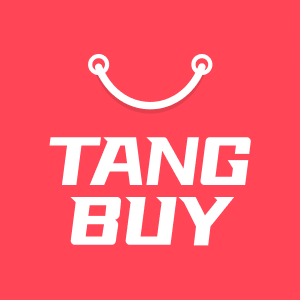Dropshipping Fulfilment strategies that combine speed and precision to keep businesses ahead
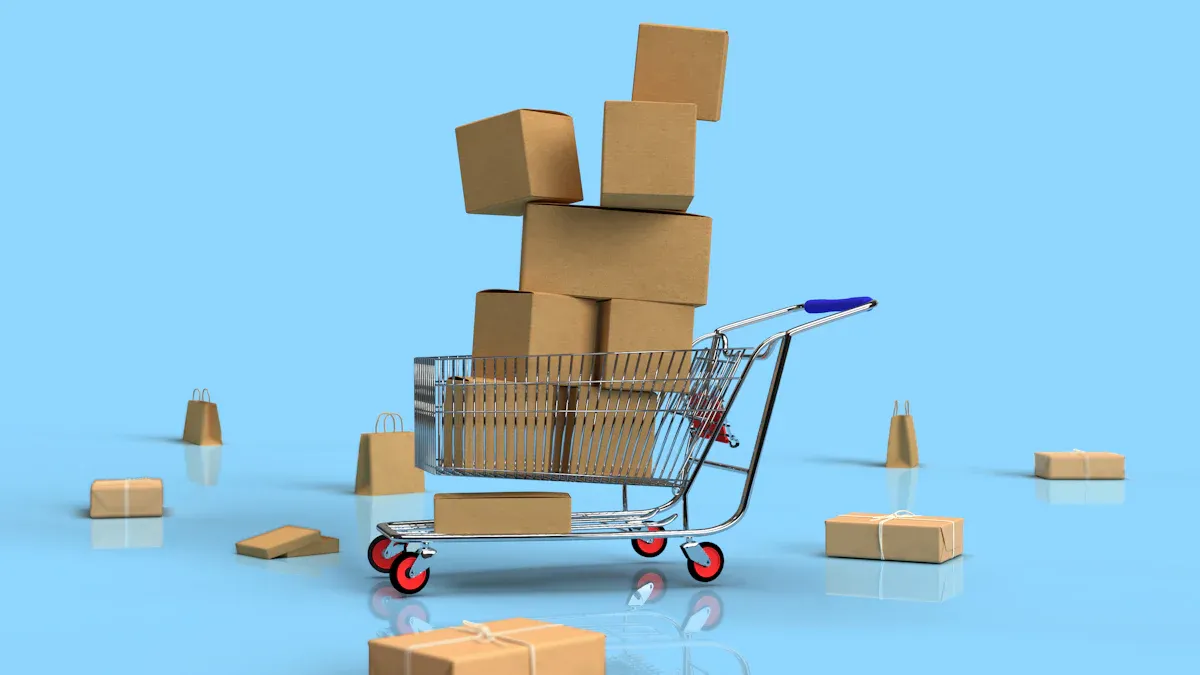
Imagine a customer who wants their order quickly. They also want the correct product every time. Dropshipping Fulfilment needs both speed and accuracy. Many businesses fail if they are too slow or make mistakes. Fast shipping makes customers happy. It also makes them want to buy again. Automation helps by reducing mistakes and saving time. Good suppliers and live inventory updates stop running out of stock. They also help avoid delays. Getting speed and accuracy right helps any business do better.
Key Takeaways
Quick and correct order fulfilment makes customers pleased. It also helps them buy again.
Using automation and real-time inventory lowers errors. It also makes deliveries faster.
Picking good suppliers and checking their work stops delays. It also stops bad quality.
Hybrid and 3PL fulfilment models are faster and more accurate. They are also more flexible than old dropshipping.
Talking clearly with suppliers and customers builds trust. It also helps fix problems fast.
Good order management systems and workflow tools help process orders. They make it easier and more reliable.
Tracking deliveries and giving easy returns makes customers happier. It also helps them stay loyal.
Watching key performance metrics helps businesses get better at fulfilment. It also helps them grow well.
Why Speed and Precision Matter
Customer Expectations
Customers want their orders fast and without mistakes. They also want to know when their package will arrive. If a business is late, many customers will not come back. Studies say 65% of shoppers stop buying after two or three late deliveries. Even more, 79% may never shop again after a bad delivery.
Fast and correct delivery changes how people see a brand.
Most shoppers want clear shipping times and updates.
People trust businesses that handle returns well and have clear rules.
Automation in order processing helps stop mistakes and makes delivery faster.
Dropshipping Fulfilment strategies need good suppliers and real-time stock checks.
Note: Customers care about both speed and getting the right order. They want businesses to keep them updated and fix problems fast.
Competitive Advantage

Businesses that are quick and accurate stand out. Happy customers buy again and tell friends about their good experience. Technology is important here. Automated systems help process orders faster and with fewer mistakes. Companies like Amazon show that automation can help sales and keep customers coming back.
Fast shipping and correct orders make customers happy.
Using technology with fulfilment partners stops mistakes.
More warehouses and wide coverage mean faster, cheaper deliveries.
Real-time tracking lets businesses find and fix problems early.
Scalable systems help businesses handle busy times without slowing down.
A good example is Amazon’s Fulfilment by Amazon (FBA). In 2020, FBA made up over half of Amazon’s sales. This shows how important speed and accuracy are for online selling.
Risks of Poor Fulfilment
When a business gets fulfilment wrong, problems happen fast. Customers complain, leave bad reviews, or cancel orders. Bad product quality or slow shipping can cause legal trouble and hurt a brand’s name. Dropshipping businesses must check their suppliers and make sure products match what is promised.
Delays and mistakes make customers lose trust.
Bad returns make people less likely to shop again.
Unreliable suppliers mean bad quality and late deliveries.
Not following platform rules can get a business banned from sites like Amazon or eBay.
Ignoring customer service or legal rules causes bigger problems.
Tip: Clear communication, strong supplier checks, and good rules help avoid these risks and keep customers happy.

Dropshipping Fulfilment Models
Traditional Model

The traditional dropshipping model seems easy at first. A retailer puts products online but does not keep any stock. When someone buys something, the retailer tells the supplier. The supplier then sends the product straight to the customer. This saves money and means no need for a warehouse. But it can make delivery slower and cause more mistakes. Retailers must rely on suppliers. Suppliers might be far away or run out of stock. This can lead to late orders, missing items, or bad quality.
Aspect | Traditional Dropshipping | Fulfilment Model (Pre-stocked Inventory) |
|---|---|---|
Delivery Speed | Often slow because suppliers are far away. Shipping delays happen a lot. | Faster shipping with local stock and daily cut-offs. |
Order Accuracy | Less control. More chance of mistakes and mixed quality. | Better control and higher accuracy. |
Inventory Control | No real-time view. Retailers depend on supplier stock. | Real-time inventory visibility. |
Customer Satisfaction | Delays and supplier problems can upset customers. | Usually higher because fulfilment is reliable. |
Cost and Risk | Cheaper at first but more risk of running out or bad quality. | More control and trust, but needs more money. |
Note: Traditional dropshipping can save money at first. But it often brings more complaints and extra work for support teams.
Hybrid Dropshipping

Hybrid dropshipping uses the best parts of different models. Retailers keep popular products in their own space. This lets them send these items fast and check the packaging. For less popular or big products, they use dropshipping. This saves money on storage. Hybrid dropshipping gives more choice and helps meet customer needs for speed and accuracy.
Hybrid models use automation tools to match stock across all places. This stops selling things that are not in stock.
Orders go to the best supplier based on stock, place, and speed.
Linking with suppliers through EDI or API makes orders faster and more correct.
Retailers can give more shipping choices and change when demand goes up or down.
Hybrid dropshipping helps businesses build a stronger supply chain. They can deliver faster, make fewer mistakes, and keep costs low.
3PL Providers
Third-party logistics (3PL) providers do even more. They store products, pick, pack, send orders, and handle returns. 3PLs use smart technology to track stock and manage orders. This lets businesses see their stock live and avoid mistakes.
3PLs have warehouses close to customers. This means faster delivery and lower shipping costs. They also offer special packaging and branding, making customers happier. With 3PLs, businesses can grow quickly and sell in new places without worrying about delivery.
3PLs give detailed stock management and cut down on mistakes.
They use automated systems for tracking and handling orders.
Their services include help for shipping and returns.
Warehouses in good spots mean faster, cheaper deliveries.
3PLs let businesses focus on growing, not daily fulfilment jobs.
Tip: Many businesses find hybrid and 3PL models work best. These models give speed, accuracy, and flexibility. They help keep customers happy and help businesses stay ahead in dropshipping fulfilment.
Supplier and Technology Integration
Supplier Selection

Picking the right supplier is very important for dropshipping. Good suppliers help send orders fast and correctly. This means customers are happier and complain less. Here is an easy way to find good suppliers for Dropshipping Fulfilment: 1. Choose what you want to sell and list possible suppliers. 2. Look at reviews and feedback from other dropshippers. 3. Talk to each supplier about their products and shipping. 4. Order samples to check quality and delivery speed. 5. Compare prices and try to get better deals. 6. Ask about shipping times, tracking, and returns. 7. See how quickly and clearly they answer questions. 8. Make sure they can send orders on time, even when busy.
Tip: Do not pick a supplier just because they are cheap. Find ones with good fulfilment and a strong record.
A good supplier should have many quality products and fair prices. They need clear rules and easy links to your online shop. Keep checking how well suppliers do their job. Be ready to change if there are problems.
Real-Time Inventory
Real-time inventory tracking keeps stock numbers up to date. This stops businesses from selling things that are not in stock. It also means customers get what they order on time. Real-time data makes Dropshipping Fulfilment easier and more trustworthy.
Benefit | How It Helps Businesses | Impact on Customers |
|---|---|---|
Fewer Human Errors | Automation updates stock and cuts mistakes | Fewer order problems |
Channel Synchronisation | Stock levels match on all sales channels | No overselling or stockouts |
Faster Order Processing | Up-to-date data speeds up picking and packing | Shorter wait times |
Transparency | Real-time updates on order status | Builds trust and loyalty |
Better Demand Forecasting | Helps plan for busy times and avoid running out | More items available when needed |
To set up real-time inventory, businesses should: - Use direct API links with suppliers for instant updates. - Set up webhooks for quick alerts when stock changes. - Use middleware tools if direct links are not possible. - Map SKUs carefully to match products in both systems. - Test the system often to find errors early.
Note: Real-time inventory tracking helped Carewell process orders 30% faster. It made orders more accurate. Customers got their orders on time and trusted the brand more.
Order Management

Order management technology helps everything work well. It lets businesses process orders faster and pick the best supplier. It also keeps customers updated. Good order management systems cut down on manual work and mistakes.
Some top features to look for are: - Automated order routing to pick the best supplier. - Real-time syncing of orders, stock, and shipping data. - Automatic messages to suppliers to confirm orders and shipping. - Multi-channel support for Amazon, eBay, Shopify, and more. - Dynamic order routing to save money and speed up delivery. - Returns management to make refunds and exchanges simple.
Platforms like Flxpoint and Skubana help automate these jobs. They let businesses grow without hiring more people. Warehouse Management Systems (WMS) and Transportation Management Systems (TMS) also help by tracking stock and planning the best delivery routes.
Tip: Automation in order management means fewer mistakes, faster shipping, and happier customers. Pick software that fits your needs and can grow with your business.
Automation and AI

Automation and AI are changing Dropshipping Fulfilment. They help businesses work faster and make fewer mistakes. These tools also help keep customers happy. Here is how they help in real life.
Automated Processing
Automated processing does boring jobs for people. It updates stock, changes prices, and places orders by itself. This saves time and stops many mistakes. Many businesses do better when they use automation.
It saves time by updating stock and prices on its own.
It lowers costs because fewer people are needed.
It makes work smoother with less manual effort.
It stops human mistakes, so orders are right.
It keeps staff from getting tired or bored.
Benefit | Measurable Improvement | Source/Example |
|---|---|---|
Increased efficiency | 2025 ShipBob case study | |
Improved order accuracy | 99.9% order accuracy rate | ASCM insights on warehouse KPIs |
Enhanced customer satisfaction | 42% more revenue from fast, accurate fulfilment | Roadie blog on same-day delivery impact |
Cost reduction | 15-30% lower operational costs in the first year | Alexander Jarvis on ecommerce labour costs |
Tip: Automated processing means fewer mistakes and happier customers. It also helps businesses grow without extra stress.
Workflow Tools
Workflow tools help manage orders, support, and marketing. They connect different apps and automate jobs. This makes everything easier.
DSers, AutoDS, and Zendrop help with orders and suppliers.
Shopify Flow, Zapier, and IFTTT link apps and send emails or messages.
Gorgias, Tidio, and Zendesk use chatbots to answer most questions.
Klaviyo and Mailchimp send marketing emails by themselves.
Buffer and AdRoll post on social media and retarget customers.
These tools save time and stop mistakes. They help businesses talk to customers quickly and track orders. For example, DSers can place orders and send tracking numbers without people. Shopify Flow lets users set rules, like sending thank-you emails after orders.
Note: Workflow tools help businesses grow bigger. They stop refunds and missed orders by up to 95%.
AI Trends

AI brings new ways to do Dropshipping Fulfilment. It makes order processing quick and keeps stock up to date. AI also helps pick the best supplier and shipping route.
AI processes orders as soon as someone buys.
Real-time syncing keeps shops and suppliers updated.
Smart algorithms pick the fastest and cheapest shipping.
Predictive restocking stops running out of stock.
AI chatbots answer questions any time.
Machine learning predicts what will sell best and when to restock.
Dynamic pricing changes prices based on demand and stock.
Real-time tracking gives updates and stops mistakes.
AI also helps with stock by using barcodes and computer vision. It can spot trends, guess demand, and change stock fast. Local warehouses and micro-fulfilment centres use AI and robots to pack and deliver faster.
Callout: AI and automation together make Dropshipping Fulfilment quicker, more accurate, and ready for the future.
Quality Control and Communication

Quality Checks
Quality checks help stop mistakes and keep customers happy. Many businesses use different steps to make sure orders are correct before they leave. Here are some ways to make orders more accurate:
Scan each order twice before sending it out.
Check random orders to find mistakes early.
Watch how staff work using their ID numbers. Give extra training if needed.
Use picking methods like zone, batch, or wave picking to lower errors.
Use barcode technology and warehouse management systems to track items in real time.
Set up the warehouse so pickers walk less and find things faster.
Put similar products in separate bins with colours to stop mix-ups.
Check inventory often to keep records right and stop items from going missing.
These steps help stop returns and build trust. Many companies look at products before shipping and check them at different points. This keeps mistakes low and customers pleased.
Supplier Communication

Talking well with suppliers makes fulfilment quicker and more accurate. Clear messages help everyone know what to expect. Here are some ways to keep things working well:
Make clear rules for product details, prices, shipping times, and returns. This stops confusion and delays.
Talk to suppliers often to hear about changes or problems.
Fix problems like late shipments or bad quality quickly.
Build trust by being open and honest. This helps everyone work better together.
Use direct channels, like instant messaging or shared dashboards, to solve problems fast.
Give customers updates about their orders in real time. This keeps them happy and informed.
When businesses talk openly with suppliers, they find problems early and keep orders moving. Customers notice when things go well and get updates on time.
SOPs and Training
Standard Operating Procedures (SOPs) show clear steps for every job. They help teams work the same way every time, even if new people join. SOPs cover jobs like packing, shipping, and handling returns. When everyone follows the same guide, mistakes go down and quality stays high.
Training is important too. Teams need to know what good work looks like. Regular training keeps everyone up to date. Written guides and checklists help staff remember each step. When businesses use SOPs and train their teams well, they see fewer mistakes and faster fulfilment.
Tip: Keep SOPs simple and easy to follow. Update them when things change. Ask staff for feedback to make them better.
Shipping Optimisation
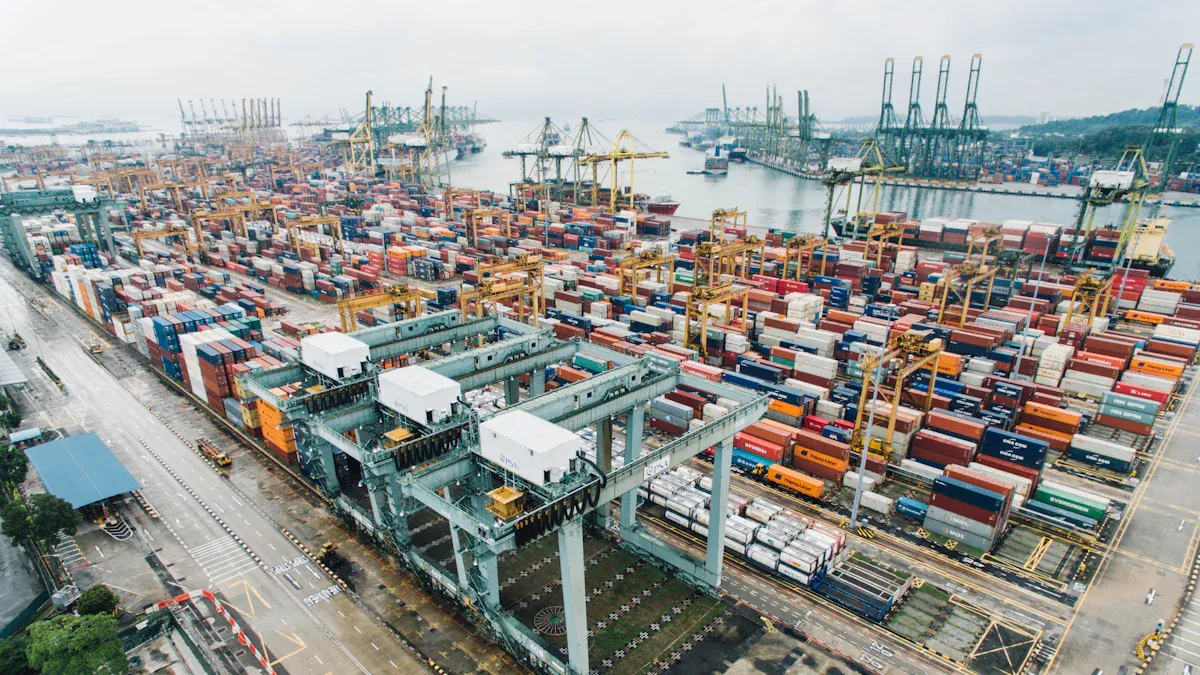
Carrier Selection
Picking the best shipping carrier is very important. Each carrier is different in speed, price, and how reliable they are. Some carriers are fast but cost more money. Others are slower but cheaper. Businesses should look at shipping rates for each order. They need to check the size, weight, where it is going, and how fast it must arrive. If a business sends many orders, it can ask for better prices.
Here are some things to think about when choosing a carrier:
Check prices for each carrier by looking at the product and where it goes.
Use packaging that keeps items safe but does not make them heavy.
Work with more than one carrier to stop delays if one has problems.
Pick carriers that have good tracking and help customers well.
Use shipping software to find good prices and manage orders easily.
Watch how well carriers do their job and change if needed.
A table can help you see the choices:
Carrier | Speed | Cost | Best For |
|---|---|---|---|
ePacket | 2-4 weeks | Low | Small, lightweight items |
DHL Express | 3-7 days | High | Urgent, high-value orders |
YunExpress | 1-3 weeks | Moderate | Mid-priced items |
USPS (US only) | 2-5 days | Moderate | Domestic US orders |
AliExpress Std. | 3-6 weeks | Very Low | Non-urgent, global reach |
Tip: Using more than one carrier gives you more choice and helps stop shipping delays.
Trackable Delivery
Customers want to know where their order is all the time. Trackable delivery helps customers trust the business. Real-time tracking lets customers see updates from start to finish. Sending messages at each step—when ordered, shipped, and delivered—keeps everyone calm and informed.
Tracking links in emails or texts help customers check their order.
Telling customers about delays shows you care about them.
A clear tracking page on the website answers most questions.
When customers get updates, they feel happy and want to buy again. They trust the business and feel good about ordering next time.
Shipping Costs

Shipping costs can lower profits if not watched closely. Smart businesses use different ways to keep costs down but still deliver fast. They compare prices from many carriers and use software to find savings. Sending many orders together and using fulfilment centres can also save money.
Some ways to save on shipping:
Use more than one carrier to get the best price for each order.
Check shipping bills to find mistakes or extra charges.
Give customers choices like standard or express shipping.
Match shipping type with the product price and what the customer wants.
Use technology to plan the best routes and make delivery faster.
Note: Giving free shipping on big orders can make customers buy more and helps pay for shipping.
Shipping optimisation means finding the right balance between speed, trust, and cost. The best mix keeps customers happy and helps the business grow.
Returns and Customer Service
Returns Process
A simple returns process keeps customers happy and loyal. When people want to send something back, they want clear steps. They also want quick answers. The best dropshipping businesses have easy return rules that everyone can find. They use automation to make returns faster. They work with suppliers to stop delays.
Here is how a good returns process works: 1. The customer asks to return something and says why. 2. The business checks costs like shipping and restocking. 3. The team decides if the customer gets a refund, exchange, or store credit. 4. The customer sends the item back with a return number. 5. The supplier checks the return and sorts out the refund or replacement. 6. The customer gets their money back or hears when the new item will come.
Tip: Fast replies, kindness, and follow-ups after returns help turn a bad time into a good one. Many shoppers will buy again if returns are easy—95% say they trust brands with simple returns.
Customer Support
Good customer support builds trust. People want answers quickly, especially if something goes wrong. The best businesses have clear rules about shipping, returns, and delays. They pick good suppliers and test them before selling. They also talk to customers in many ways—email, live chat, phone, and social media.
Some top support tips are: 1. Give honest updates about orders and any delays. 2. Offer help in different ways so customers can choose what they like. 3. Use software to send order updates and answer questions fast. 4. Fix problems with damaged or missing items by acting quickly and being fair. 5. Collect feedback to find problems and fix them early.
Note: A friendly, helpful team can turn unhappy customers into loyal fans. Checking in after a problem shows the business cares.
Using Returns Data
Returns data helps businesses get better. By looking at why people send things back, businesses can find weak spots. They might see that a product often arrives broken or that descriptions do not match what customers get. Watching supplier performance and return rates helps spot problems early.
Businesses can use returns data to: - Track patterns and find common reasons for returns. - Check which suppliers have the most problems. - Use automation to sort returns by type and speed up refunds. - Update product descriptions to match what is sent. - Teach customers before they buy to set the right expectations. - Change prices to cover return costs and protect profits.
Callout: Looking at returns helps businesses fix problems, save money, and keep customers coming back. A smart way to handle returns and support makes the best brands stand out in online selling.
Supply Chain Optimisation
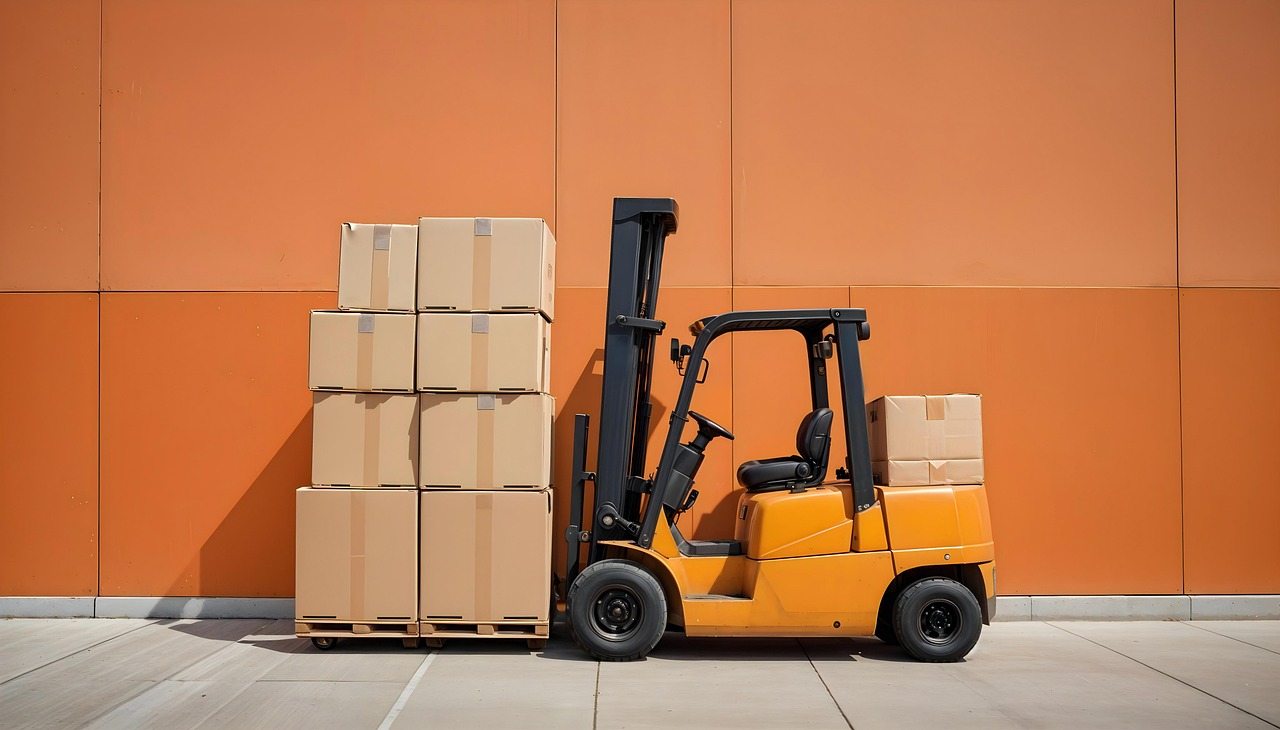
Cost Reduction
All businesses want to spend less and work faster. They can do this by using smart ideas in their supply chain. Automation helps teams finish orders quickly and make fewer mistakes. Sales and Operations Planning (S&OP) lets managers see what is coming next. This stops them from buying too much stock. Many companies use logistics technology, like Transportation Management Systems (TMS) and Inventory Management Systems (IMS). These tools help track orders and plan deliveries.
Here is a table with some top ways to save money and how they help:
Cost Reduction Tactic | Description & Impact on Fulfilment Efficiency |
|---|---|
Automation | Makes work easier and faster; places orders and sends updates automatically, so there are fewer mistakes and delays. |
S&OP | Helps guess what will sell, cuts waste, and makes it easier to see what is in stock, so there are fewer problems with inventory. |
Manage Shipping and Transportation | Groups shipments together or uses outside help to save money and deliver faster. |
Reduce Touchpoints in Order Processing | Makes fulfilment simpler by working with suppliers who send straight to customers, so there are fewer mistakes and delays. |
Invest in Logistics Technology | Uses things like TMS and IMS to make deliveries and stock control better. |
Many dropshipping businesses also make shipping routes better, improve how they manage stock, and use automatic order routing. They often get lower prices by buying more at once and making their work simpler. Dropshipping can cut storage costs by up to 30%. It can also make delivery times twice as fast when shipping straight from suppliers.
Performance Metrics
Watching the right numbers helps businesses find problems and get better. They check fulfilment and shipping times to see if orders arrive quickly. Order accuracy rate shows how many orders are correct. Customer satisfaction and reviews show what shoppers think. Refund and return rates show if products or shipping need fixing.
Here is a table with key numbers and why they matter:
Performance Metric | Description | Importance for Fulfilment Speed & Accuracy |
|---|---|---|
Order Fulfilment Time (OFT) | Shows the average time from order to shipment. | Faster fulfilment makes customers happier and work quicker. |
Supplier Lead Time | Checks how long suppliers take to send products. | Shorter times mean fewer delays and faster fulfilment. |
Order Accuracy Rate | Percentage of orders sent without mistakes. | Fewer mistakes mean fewer returns and better accuracy. |
Return Rate and Reasons | Watches returns and why they happen, like broken items or shipping errors. | Helps find problems with product quality and shipping. |
Customer Support Response Time | Measures how fast customer questions are answered. | Quick answers make customers happy and fix problems fast. |
Time to Resolution (TTR) | Time taken to fix customer problems. | Fast fixes build trust and make work smoother. |
Managers should look at these numbers often. Regular checks help teams fix problems before they get big. They can also set goals, like keeping order accuracy above 99% or making fulfilment faster each month.
Scaling Operations
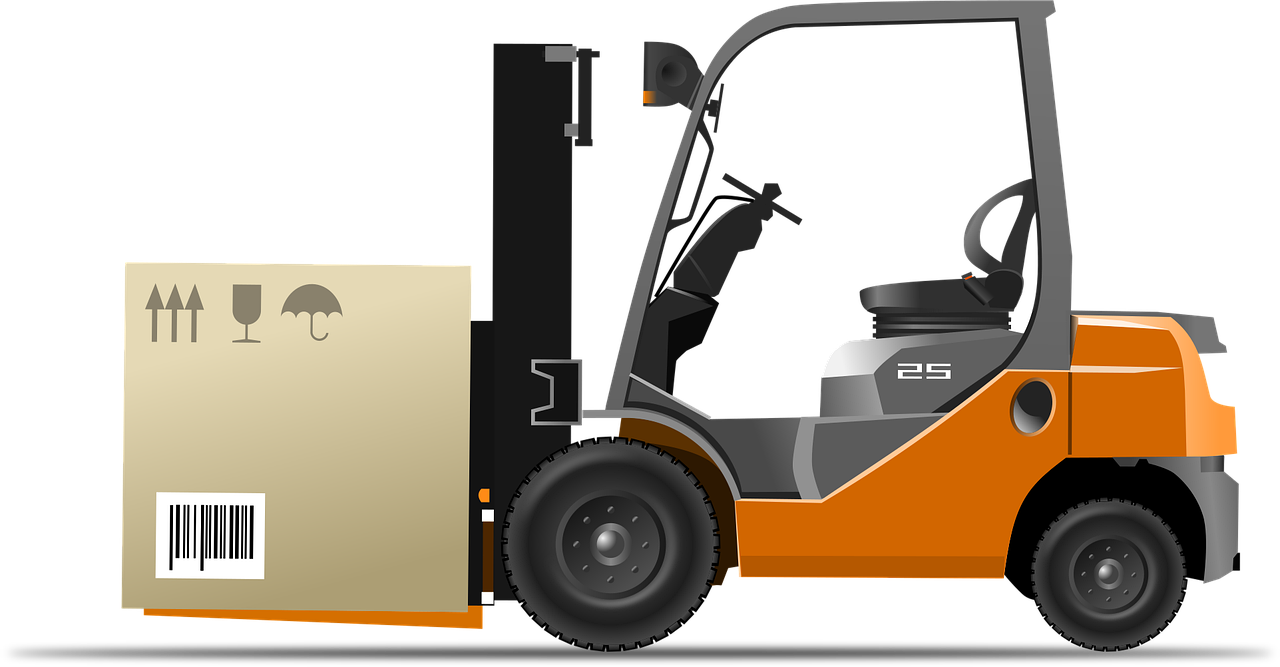
Growing a business means handling more orders without slowing down or making more mistakes. Automation makes order processing faster and helps stop errors. Centralised inventory management with real-time syncing helps stop running out of stock or selling too much. Automated order routing sends orders to the best supplier, so shipping is quicker.
Successful businesses use dashboards to watch many warehouses and suppliers. They pick systems that grow with them, so they do not need more staff as orders go up. Good supplier relationships help with quick restocking and reliable fulfilment. Real-time reports and analytics help managers spot problems and improve fast.
Here are some best ways to grow:
Use automation to handle lots of orders easily.
Sync inventory in real time to stop running out.
Send orders to the best supplier for speed and price.
Watch performance with dashboards and analytics.
Work with more than one supplier or warehouse to avoid delays.
Give clear delivery times and tracking numbers.
Make packaging and branding better for customers.
Set clear return rules and explain them well.
Tip: Growing works best when businesses use technology, build strong supplier partnerships, and keep checking how they are doing. This keeps fulfilment quick and correct, even as the business gets bigger.
Winning businesses care about being quick and correct. They use automation to work faster and make fewer mistakes. They also pick good suppliers and check data all the time. This helps them stop problems before they happen. Stories from real companies show that fast delivery and sending the right orders help them grow. Customers stay happy and come back again.
Make fulfilment better by picking trusted suppliers and using smart tools.
Watch how things are going, pack items well, and help customers when they need it.
Want to get started? Look at your steps, change what is not working, and see your business do better.
FAQ
What is the best way to speed up dropshipping fulfilment?
Businesses can use automation tools to work faster. They should pick suppliers who ship orders quickly. Keeping popular products near customers helps a lot. Real-time inventory stops delays. Good planning makes orders move fast.
How can a business reduce fulfilment mistakes?
Order management software and barcode scanning help stop mistakes. Training staff and using clear SOPs are important. Regular quality checks find errors early. Reliable suppliers help keep things right.
Do 3PL providers work for small dropshipping businesses?
Yes, many 3PLs have flexible plans for small businesses. Small shops can start with simple services and grow later. 3PLs help with storage, packing, and shipping. This lets owners focus on growing their business.
How does real-time tracking help customers?
Real-time tracking lets customers see their order’s location any time. Updates help build trust and stop too many questions. Customers feel sure when they know what will happen.
What should a business do if a supplier causes delays?
They should talk to the supplier quickly and ask for updates. If delays keep happening, they can find new suppliers. Telling customers about delays helps keep their trust.
Can automation handle returns and refunds?
Yes, many systems can process returns and refunds by themselves. They send updates to customers and suppliers. Automation makes returns quicker and less stressful for everyone.
How can returns data improve fulfilment?
Returns data shows why customers send things back. Businesses can spot patterns and fix product problems. They can also update descriptions. This helps lower returns and keeps customers happy.
Is it possible to offer free shipping and still make a profit?
Yes, businesses can set a minimum order for free shipping. They can use bulk shipping rates or add shipping costs to prices. Careful planning helps keep profits strong.

TangBuy: A Smarter Way to Dropship in 2025
If you're looking to stay competitive with dropshipping in 2025, speed and trend-awareness are key. TangBuy helps you stay ahead with real-time product trends, fast fulfilment, and factory-direct sourcing. With over 1 million ready-to-ship items, 24-hour order processing, and seamless Shopify integration, TangBuy makes it easier to test, scale, and succeed in today's fast-moving eCommerce landscape.
See Also
Key Advantages of Fast Shipping When Dropshipping Pet Toys
Essential eBay Dropshipping Advice for Sellers in 2025
Comprehensive Guide to Starting a Dropshipping Business in 2025
